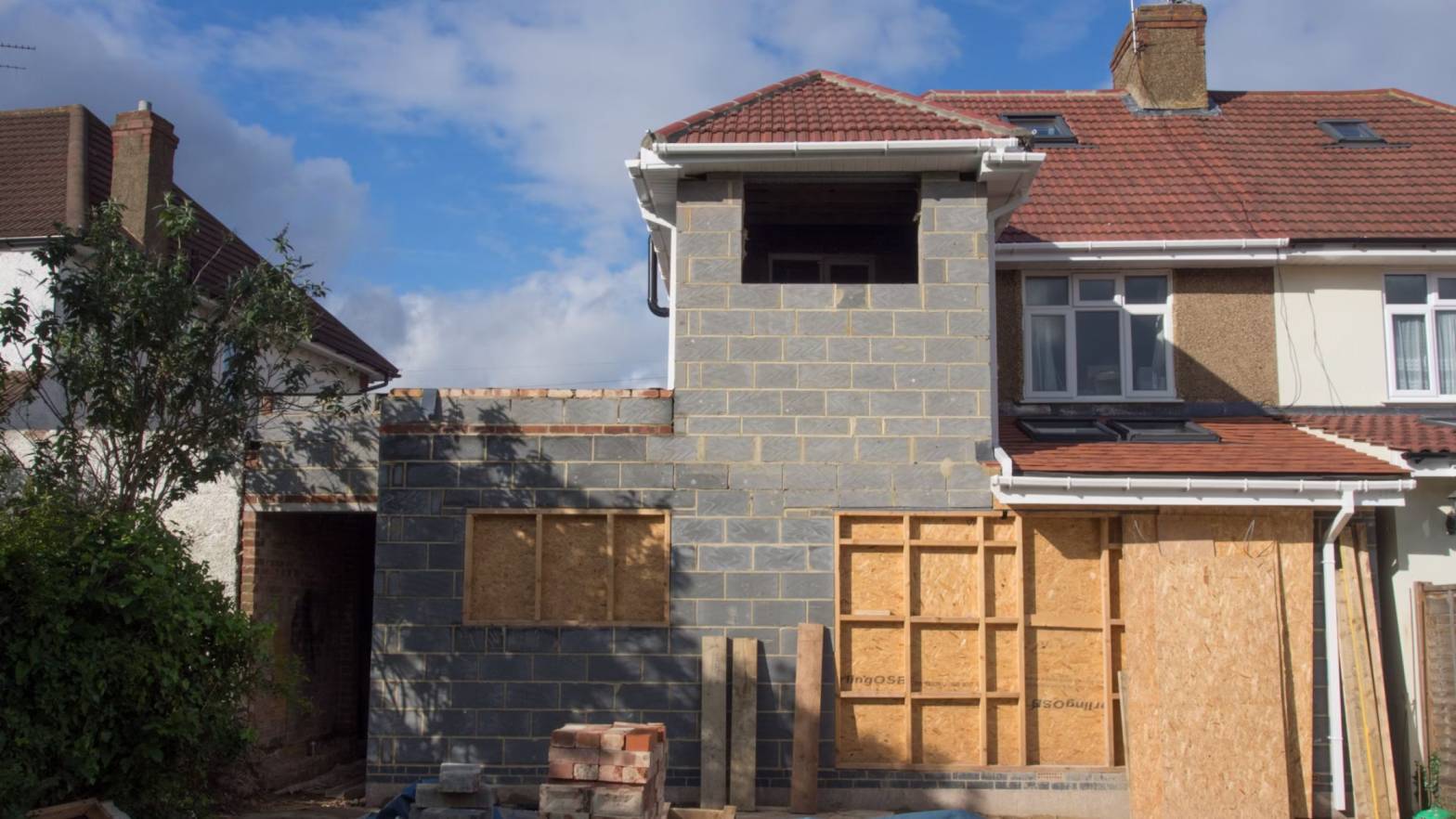
The Cost of Expanding: Budgeting for Your House Extension Project
Starting a home extension project can be a thrilling experience that can change your living area and even raise the value of your house. But it also necessitates careful budgeting and knowledge of the associated expenses. Precisely planning your budget for your extension is essential to guaranteeing the project proceeds without unanticipated financial hardship. This thorough guide will help you plan and budget wisely by guiding you through all of the costs involved in adding on to your home.
Table of Contents
Initial Considerations
Determining the parameters and scope of your extension project is crucial before you start crunching figures. The size, style, and material quality of the extension all have a big impact on the final cost. The cost effects of adding a single room, expanding your kitchen, or building a second story will vary.
Understanding the costs
1. Professional Fees
Architects, surveyors, engineers, and other specialists are involved in the planning of your extension. Ten to fifteen percent of your project’s overall cost may go towards these services.
- Architects: necessary for drafting plans and designs that meet local planning requirements. They can also manage the planning permission process.
- Structural Engineers: Essential if your extension affects the structural integrity of your house.
- Surveyors are needed to assess the current state of your property and its suitability for an extension.
2. Planning and Permissions
Depending on where you live and what kind of expansion you’re doing, you might need to apply for and pay for planning clearance. Even if “permitted development rights” are in place for your project, a lawful development certificate might be necessary to prove it.
3. Building costs
The largest portion of your budget will go towards construction costs. These can vary widely depending on the region, the materials used, and the complexity of the project.
- Foundation and Building Materials: The foundation needs might vary significantly based on the soil type and extension size. Material choices can also affect costs dramatically, with options ranging from standard brick and block to more expensive glass or bespoke features.
- Labour: Labour costs depend on the scale of the project and the local rates. Always get multiple quotes to ensure competitive pricing.
4. Interior Finishing Costs
Finishing touches can make a big difference in the look and feel of your extension, but they can also be a significant cost area.
- Flooring: Choices range from hardwood and tiles to carpeting, each with different pricing.
- Fixtures and Fittings: These include items like doors, cabinets, and sanitary ware, which can vary widely in price.
- Decoration: Painting and decorating will also need to be factored into the interior finishing costs.
5. Utilities and Services
Extending your home often means extending your existing utilities and services. This can include:
- Electrical and Plumbing: Extending electrical wiring and plumbing lines to accommodate the new space.
- Heating and Cooling: You might need to upgrade your HVAC system to handle the additional space effectively.
6. External Works
Don’t forget to budget for external work related to the extension.
- Landscaping: Construction can affect existing landscaping, and new areas may need additional landscaping work.
- Paths and Driveways: Extending the house might require extending or altering paths and driveways.
Contingency Fund
It’s wise to set aside a contingency fund, typically around 10–20% of the project’s total cost, to cover unexpected expenses. Unexpected issues can arise, especially in older homes, where underlying problems may not be apparent until construction begins.
Ways to manage costs
1. Detailed Planning:
Invest time in planning every aspect of the extension in detail. The more precise your plans, the more accurate your budget estimates will be.
2. Competitive bidding:
Obtain multiple quotes for the work to ensure you are getting fair and competitive pricing.
3. Negotiate:
Don’t be afraid to negotiate with contractors or suppliers to try to get a better deal.
4. Phased Approach:
If budget constraints are tight, consider completing the extension in phases. This allows you to spread out the financial burden over time.
5. DIY Elements:
Consider taking on some of the finishing work yourself, such as painting or simple tiling, to reduce costs.
Planning a house extension is an involved process that requires careful financial planning and budget management. By understanding all the cost components involved and planning for contingencies, you can ensure that your project remains within budget and fulfils your expectations. Remember, the key to successful budget management lies in meticulous planning, thorough research, and continuous monitoring of expenses throughout the project.
With the right approach, your house extension can be a rewarding investment that enhances your living space and increases your property’s value. It is also important to consider hiring a reputable contractor who can provide you with a detailed breakdown of costs and timelines. By obtaining multiple quotes and comparing them, you can ensure that you are getting the best value for your money.
Additionally, setting aside a buffer fund for unexpected expenses can help prevent any financial stress during the construction process. By following these guidelines and staying diligent in your budget management, you can achieve the house extension of your dreams without breaking the bank.
April 18, 2024

















